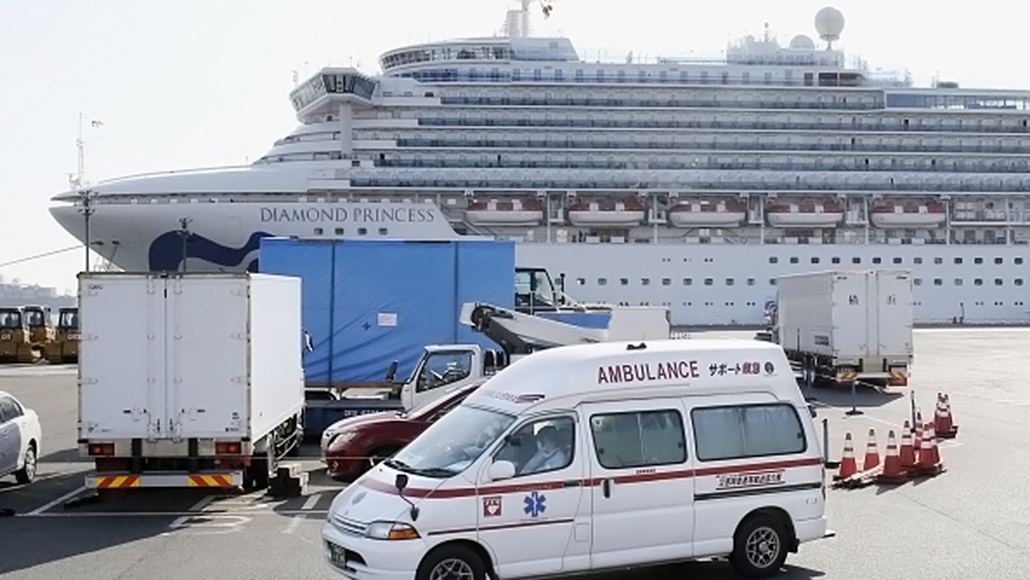Cruise ship outbreak helps pin down how deadly the new coronavirus is
Outcomes suggest that, in the real world, about 0.5 percent of COVID-19 infections in China end in death

The Diamond Princess, shown docked in Japan’s Yokohama Port on February 24, became a case study in figuring out how deadly COVID-19 really is.
Kyodo News/Getty Images








